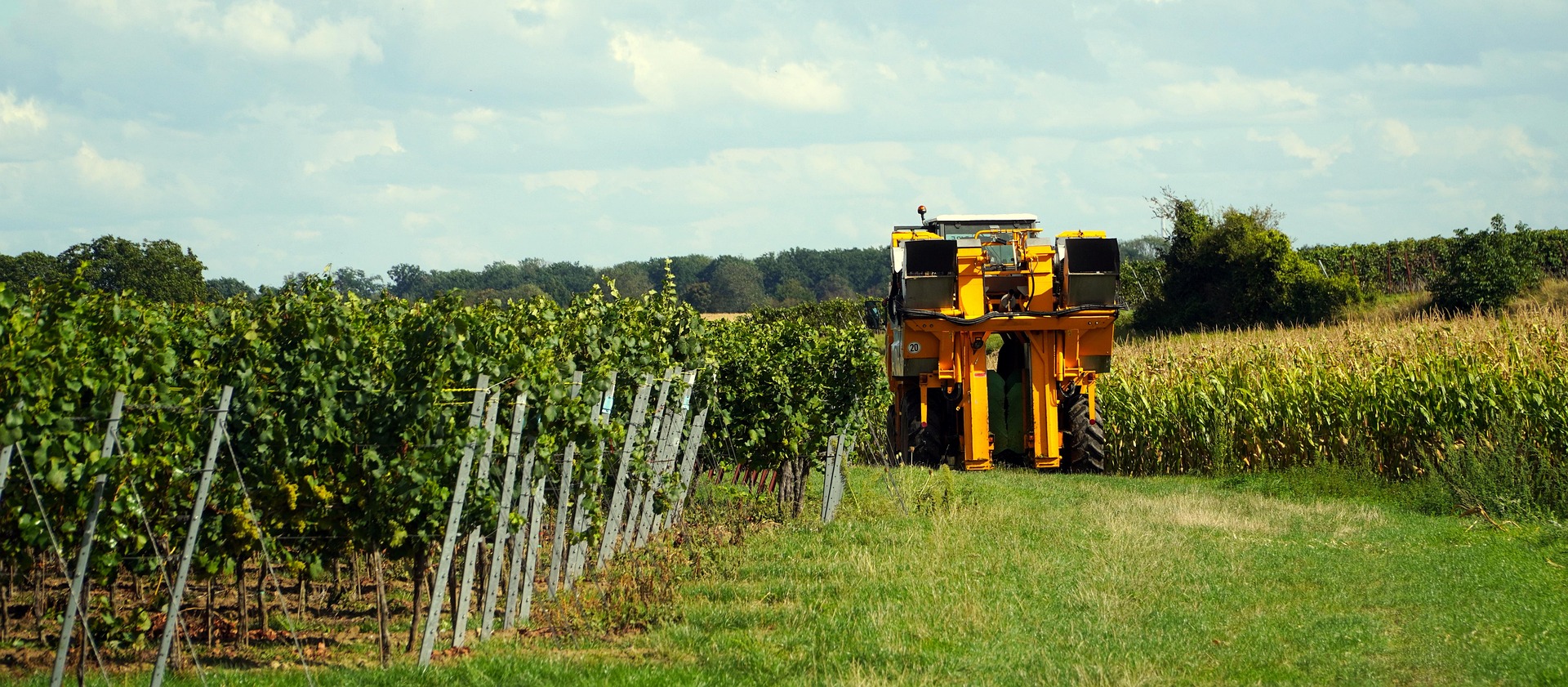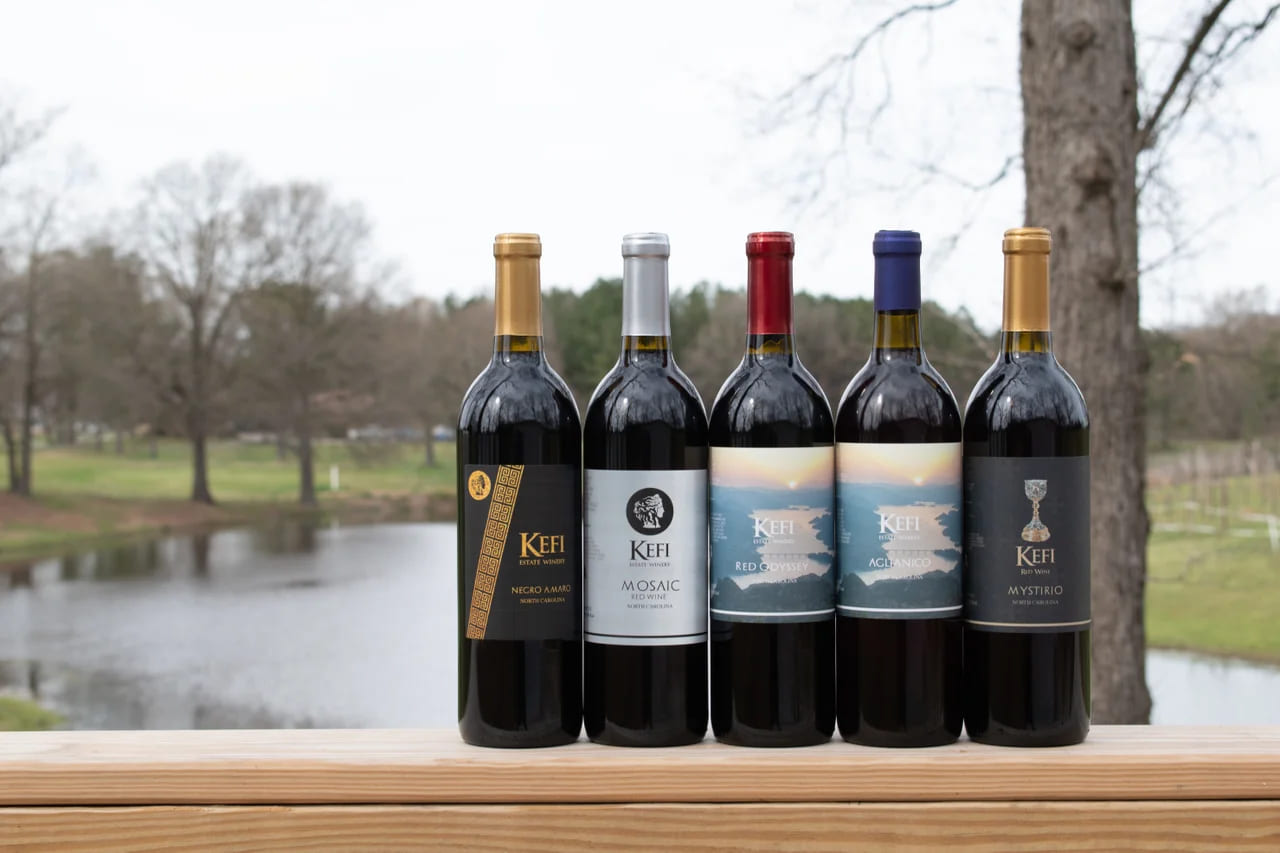The wine industry is one of the oldest and most influential sectors in the global beverage market. With a history that dates back thousands of years, the production, distribution, and consumption of wine have evolved significantly.
Today, wine is consumed in virtually every country across the world, with both developed and emerging markets showing strong growth in demand. In this article, we will explore the current state of the global wine market, its major players, the trends shaping the industry, and the challenges and opportunities that lie ahead.
1. Global Wine Market Overview
The global wine market is a multi-billion dollar industry, with wine production estimated to exceed 290 million hectoliters annually. According to recent reports, the global wine market size was valued at approximately $324 billion in 2020 and is expected to grow at a compound annual growth rate (CAGR) of 4.3% from 2021 to 2028. The market is influenced by various factors, including changing consumer preferences, economic conditions, and climate change, which affects the availability of raw materials.
Key Wine-Producing Regions
Wine is produced in several regions across the world, with each region contributing unique characteristics to the global wine supply. The largest wine-producing countries include:
-
Italy: The world’s largest producer of wine, known for its rich history and diverse wine styles.
-
France: Home to some of the most prestigious wine regions, including Bordeaux, Burgundy, and Champagne.
-
Spain: A top producer with a focus on traditional and modern wine styles, including Rioja and Cava.
-
United States: Primarily known for Napa Valley, California, a major producer of high-quality wines.
-
Argentina and Chile: Leading producers in South America, known for their Malbec and Cabernet Sauvignon wines.
Global Wine Consumption
In terms of consumption, Europe remains the dominant region, with countries like France, Italy, and Spain leading the charge. However, the consumption patterns have been shifting in recent years. While the demand for wine in traditional markets has either stabilized or declined slightly, emerging markets, particularly in Asia and the Americas, have seen rapid growth.
2. Key Trends in the Global Wine Market
Several trends are currently shaping the global wine industry. From changes in consumer preferences to innovations in production methods, these trends have significant implications for wineries, distributors, and retailers.
a. Health Consciousness and Wine Consumption
As consumers become more health-conscious, many are turning to lower-alcohol wines, organic wines, and those with fewer additives. The trend toward organic and biodynamic wines is particularly pronounced in regions like Europe, where sustainability and environmental consciousness are becoming key drivers for wine producers.
Growth of Organic and Biodynamic Wines
Organic wine production, which avoids synthetic chemicals and pesticides, has seen significant growth in recent years. The global organic wine market is expected to grow by approximately 9% annually through 2025. Similarly, biodynamic wines, which follow a farming method that integrates ecological, ethical, and spiritual principles, are also gaining popularity.
b. Premiumization of Wine
There has been a noticeable shift toward premium wines, with consumers increasingly willing to pay more for higher-quality products. This premiumization trend is particularly evident in markets like the United States and China, where consumers are moving away from mass-market wines in favor of fine wines.
Fine Wine Investment
Fine wines have become a popular alternative investment, with collectors and investors looking to acquire rare and valuable bottles. Wine auctions and investment funds focused on fine wines have seen substantial growth, with certain wines appreciating significantly in value over time.
c. The Rise of Online Wine Sales
With the rise of e-commerce, online wine sales have surged, particularly during the COVID-19 pandemic. Consumers are increasingly buying wine online, either directly from wineries or through third-party platforms. Online wine sales are expected to continue growing, driven by convenience, access to a wider range of products, and personalized recommendations.
Key Players in Online Wine Retail
Several online platforms have emerged as key players in the wine retail space, such as:
-
Wine.com: The largest online wine retailer in the U.S.
-
Vivino: A wine app and platform that offers wine recommendations and reviews from a community of wine enthusiasts.
-
Drizly: A platform for alcohol delivery that allows consumers to order wine and other beverages directly to their homes.
d. Sustainable and Climate-Smart Wine Production
Climate change poses a significant challenge to the wine industry. Rising temperatures, extreme weather events, and changing precipitation patterns are affecting grape harvests and the overall quality of wine. In response, wine producers are adopting more sustainable and climate-smart production practices, including water conservation, energy efficiency, and reducing carbon footprints.
Adapting to Climate Change
Some of the strategies that wineries are employing to combat climate change include:
-
Diversification of Grape Varieties: Planting grape varieties that are better suited to warmer climates or more resistant to drought.
-
Precision Viticulture: Using technology such as drones and sensors to monitor vineyard conditions and optimize irrigation and pest management.
-
Sustainable Packaging: Many wineries are adopting eco-friendly packaging options, such as lighter glass bottles or biodegradable packaging, to reduce their environmental impact.
e. Wine Tourism and Experiential Consumption
Wine tourism has become a growing sector, with travelers visiting wine regions to experience the culture, taste wines, and learn about the winemaking process. Wine tourism not only drives direct economic benefits but also increases brand visibility and wine sales.
Popular Wine Tourism Destinations
Some of the world’s most famous wine regions, such as:
-
Bordeaux, France: Known for its luxurious wine estates and châteaux.
-
Tuscany, Italy: Famous for its rolling hills, vineyards, and iconic Chianti wine.
-
Napa Valley, USA: One of the most well-known wine regions in the United States, offering a mix of top-tier wineries and culinary experiences.
3. Challenges Facing the Global Wine Market
While the global wine market is growing, several challenges must be addressed to ensure the industry’s continued success.
a. Climate Change
As mentioned earlier, climate change is one of the most significant challenges facing the wine industry. Grapes are highly sensitive to changes in climate, and rising temperatures can affect the timing of harvests and the quality of the grapes. This may result in lower yields and higher production costs.
b. Global Supply Chain Disruptions
The COVID-19 pandemic has caused significant disruptions in global supply chains, including in the wine industry. Restrictions on travel, labor shortages, and logistical challenges have impacted wine production and distribution. Although the industry is recovering, future disruptions remain a concern.
c. Tariffs and Trade Barriers
Trade policies, tariffs, and import/export regulations also pose a challenge to the wine market. For example, the U.S. imposed tariffs on European wines, which affected the pricing and competitiveness of European wines in the U.S. market. Trade tensions between key wine-producing regions could also affect the flow of wine and increase costs for producers and consumers alike.
4. Opportunities in the Wine Market
Despite these challenges, there are several opportunities for growth in the wine market.
a. Expansion into Emerging Markets
Emerging markets, particularly in Asia and Latin America, present significant opportunities for growth. China, India, and Brazil are seeing increasing demand for wine, driven by rising disposable incomes and an expanding middle class. As wine consumption grows in these regions, producers can tap into new markets and reach a broader audience.
b. Innovation in Wine Production
Advancements in technology and innovation in wine production present opportunities to improve efficiency and quality. From precision viticulture to the use of artificial intelligence (AI) in winemaking, technology can help producers address challenges like climate change and consumer preferences for healthier, more sustainable options.
c. Diversification of Product Offerings
In addition to traditional wines, producers have the opportunity to diversify their product offerings. This includes introducing new wine styles, such as low-alcohol wines, fruit wines, and non-alcoholic wines, to cater to changing consumer preferences. Wineries can also experiment with new packaging formats, such as cans and boxed wines, which appeal to younger, on-the-go consumers.
5. Conclusion
The global wine market is diverse, dynamic, and full of opportunities. As the industry continues to grow and evolve, producers, distributors, and retailers will need to stay agile and adapt to changing consumer preferences, market conditions, and technological advancements. From the rise of online sales to the increasing focus on sustainability and climate-smart production, the wine industry is poised for continued growth in the coming years.
With the right strategies, including diversification into emerging markets, innovation in production, and addressing the challenges posed by climate change, the wine industry can thrive and continue to captivate the tastes of consumers around the world.
Table: Top Wine-Producing Countries by Volume
| Country | Wine Production (Million Hectoliters) |
|---|---|
| Italy | 47.2 |
| France | 46.0 |
| Spain | 37.0 |
| United States | 24.0 |
| Argentina | 11.0 |
| Chile | 12.0 |
| Australia | 12.5 |
This comprehensive overview of the global wine market offers a detailed look at the current trends, challenges, and opportunities that shape the industry. The market is evolving rapidly, and staying informed about these factors will help wineries and stakeholders make informed decisions as they navigate the changing landscape.






